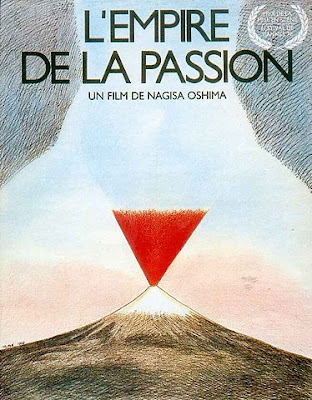
Based on the novel by Ray Bradbury, this Truffaut film --his 1st color film and 1st and only English-speaking film-- follows the lives of the literary protagonists, sharing glimpses of the Orwellian, totalitarian future the novel is a warning cry against. The film having been made in the mid-Sixties, one would expect to and does find the usual trappings of the era heavily influence the cultural look of the future --Julie Christie's hair, everyone's costumes, the set design-- and yet something should be said of Truffaut's ability to sublimate these surface cues to favor instead the unfolding story.
Such gravity is lent to the economic and political landscape the film inhabits, as when Bernard Hermann's intense score plays during moments of book burning, betrayal by citizen informants, or general censorship and information control. Truffaut passes on from the book the dire sense of the danger we're capable of falling in, betraying a palpable, alarmist bias against totalitarian and dictatorial mores. Inferred comparisons of Oskar Werner's character Guy Montag, with his thick German accent, to Hitler, are irrepressible . The retro-looking uniforms outfitting the firemen, of whose militaristic hierarchy Montag is a small part, become less silly, no longer kitchy, and more ominous and insidious, apropos this SS-like, state-run thought police.
dir François Truffaut
11:28 interview with Ray Bradbury discussing his take on the film adaptation.





















